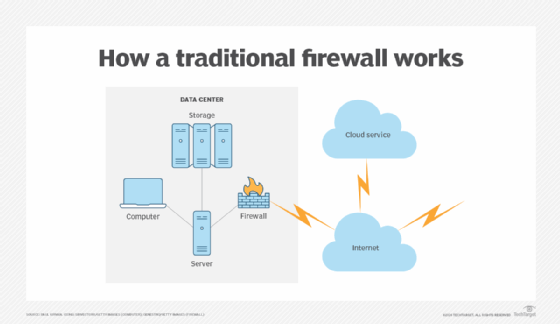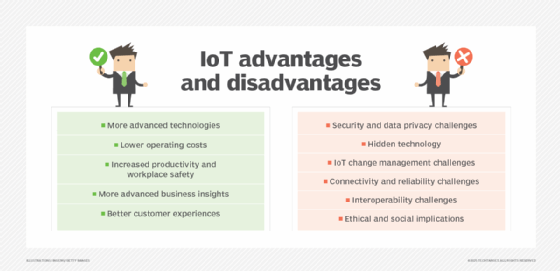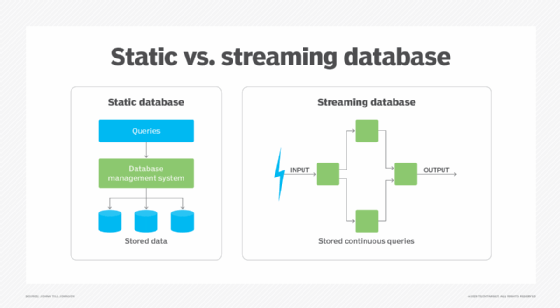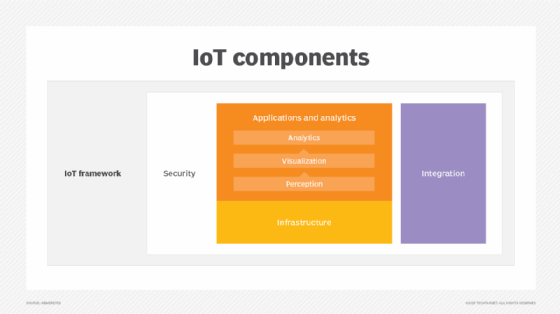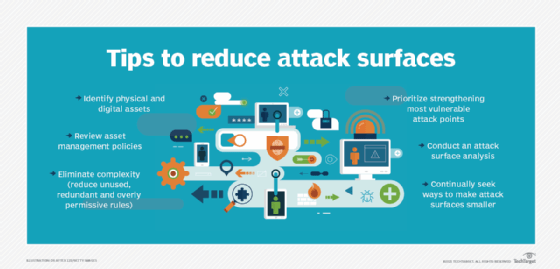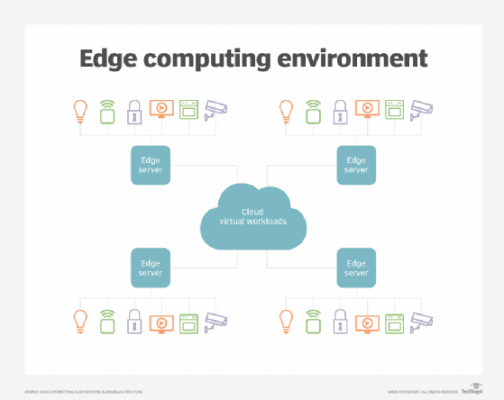Top 7 must-have IoT skills to boost your career
Devices of all types in every environment — including mobile phones, automobiles and industrial equipment — are now connecting to the internet. By 2034, Statista predicts the total number of connected devices will reach 40.6 billion — more than double the 19.8 billion devices in 2025. As a result, engineers, developers and other IoT professionals […]
Read MoreWhat is a firewall and why do I need one?
A firewall is a network security device that prevents unauthorized access to a network by inspecting incoming and outgoing traffic using a set of predetermined security rules. The main purpose of a firewall is to act as a barrier between a trusted internal network, such as a home or business network and untrusted external networks, […]
Read MoreTop advantages and disadvantages of IoT in business
IoT has transformed how businesses operate by connecting devices, processes and people in new and innovative ways. It promises to enhance efficiency and productivity while making everyday operations more convenient. The global IoT market is projected to grow nearly 11% annually, as the deployment of other key technologies, such as 5G and cloud computing, […]
Read MoreHow to select the right IoT database architecture
Organizations have many options when designing an IoT database, but technologists must decide the best fit by evaluating the different IoT database architectures, such as static vs. streaming vs. time series and SQL vs. NoSQL. The right IoT database depends on the requirements of the IoT project. To select a database, first factor in […]
Read MoreIoT basics: A guide for beginners
IoT stands for the internet of things. Most simply, it refers to physical objects linked through wired and wireless networks. More specifically, it refers to the collection of internet-connected devices that can communicate autonomously over the internet, without needing a person to initiate communication. You might be asking, how is this different from the […]
Read MoreIoT compliance standards and how to comply
IoT continues to gather momentum. One way to recognize its progress is the number of standards, protocols and regulations that have emerged in recent years. Although some standards are essentially guidance, a few are mandatory, and compliance must be demonstrated. As such, it’s important to understand the key standards and regulations for IoT and […]
Read More6 IoT architecture layers and components explained
Enterprise IoT continues to grow at a reported 20% annually, transforming operations across various industries, from manufacturing and logistics to healthcare and energy. As this expansion accelerates, enterprise IT and operational technology professionals must prepare to design, implement and manage increasingly complex IoT systems. The first step in achieving this is to determine the […]
Read MoreTop 15 IoT security threats and risks to prioritize
IoT endpoints are prime targets for attacks, with the soaring number of connected devices and often porous security controls creating plenty of opportunities for hackers. In its “The State of IoT Security, 2024” report, Forrester Research concluded that corporate IoT devices were the most reported target for external attacks, meaning they were attacked more than […]
Read MorePrioritize security from the edge to the cloud
It can be tough to secure traditional cloud workloads. But workloads at the network edge face additional security challenges, such as a larger attack surface and elevated risk of physical security attacks. An effective edge-to-cloud security strategy mitigates threats across a business’s IT infrastructure while enabling efficiency and scalability in security operations. For businesses […]
Read MoreAI and IoT: How do the internet of things and AI work together?
IoT and AI are two of the hottest topics in tech, which is a good reason why enterprise technologists must understand them. The two technologies can be highly symbiotic, but the most significant opportunities might lie in using them together, so it’s critical to plan how they can support each other to benefit enterprise […]
Read More


